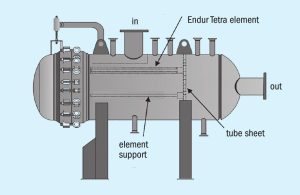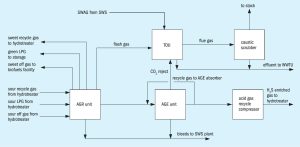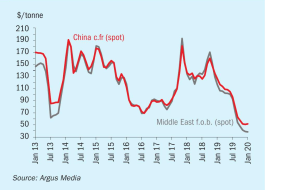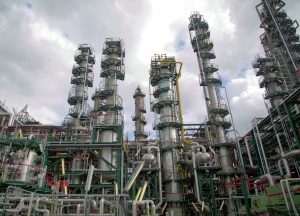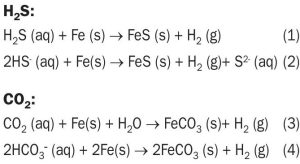Sulphuric Acid News Roundup
The Ma’aden Wa’ad Al Shamal Phosphate Company (MWSPC) has signed a service agreement for a period of three years with DuPont Clean Technologies for its sulphuric acid plant at Sirhan. The service programme will include activity testing of catalyst samples, evaluation of catalyst performance, plant optimisation, troubleshooting and management of catalyst replacement. DuPont says that it will also track plant performance and assess its overall health using pre-agreed metrics and its proprietary PeGASyS™ gas chromatography system, which can be used to detect possible leaks in gas-gas heat exchangers, identify SO2 gas bypassing and measure overall plant conversion in order to optimise plant operation, reduce SO 2 emissions, increase production and improve converter performance.




